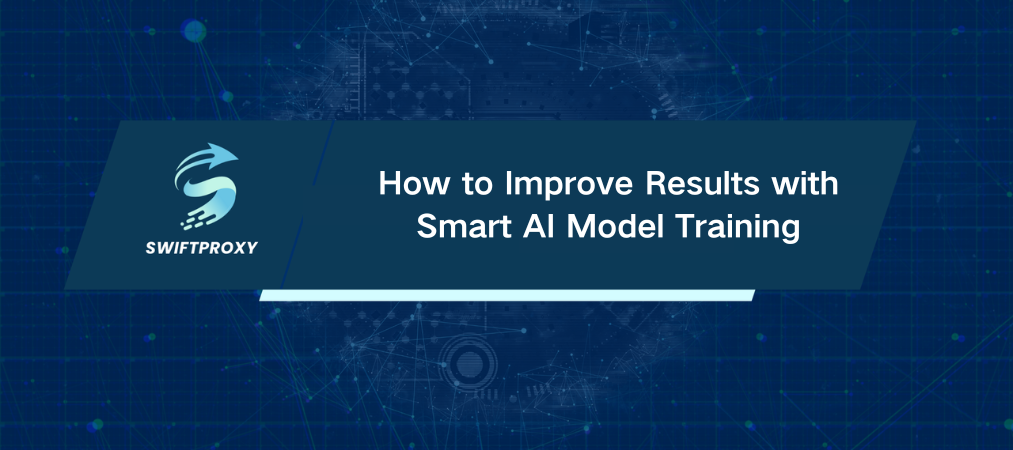How to Improve Results with Smart AI Model Training

AI isn't magic. It's math, data, and relentless iteration. Here is a fact — the performance of an AI model can improve by up to 50 percent just by tweaking its training approach. That's huge! So if you're ready to master AI training, buckle up. We're breaking down the essentials, the pitfalls, and the proven tactics that separate good models from game-changers.
The Heart of AI Model Training
At its core, training an AI model means teaching a machine to spot patterns and make smart decisions. But it's not guesswork. The model digests vast amounts of data, then adjusts its internal settings—called parameters—to get better, smarter, and more accurate. Think of it as coaching a rookie athlete: the more reps and feedback, the sharper the skills.
Gathering and Preparing Data
Garbage in, garbage out. You’ve heard it before, but it's worth repeating. Quality data is non-negotiable. Collect diverse datasets that truly represent your problem space. Then, clean that data! Remove duplicates, fill or discard missing values, and convert categories into formats the model understands (yes, encoding matters). This step sets the stage for success—don't rush it.
Automate your preprocessing with pipelines. It saves time and ensures consistency as you iterate.
Picking the Right Algorithm
The algorithm shapes your model's capability. It's not one-size-fits-all. For simple linear relationships, start with linear regression. Complex patterns? Try decision trees or support vector machines. Want to tackle unstructured data like images or text? Neural networks are your best friend.
Don't get stuck on the “latest” algorithm hype. Match your choice to your data and problem first, then experiment.
Training & Tuning
Hyperparameters control the model's learning rhythm and architecture—think learning rate, number of layers, batch size. They can make or break your model's performance. Tuning these is part science, part art.
Use grid search or randomized search to systematically explore hyperparameter combos instead of guessing.
Evaluating Your Model
Training isn't finished until you test how your model performs in the wild. Metrics like accuracy, precision, recall, and F1 score reveal how well your model handles new data. And don't forget cross-validation—splitting your data multiple ways to ensure reliability.
Always keep a separate test set to measure true performance. It's the real-world report card.
Beware the Pitfalls of Overfitting and Underfitting
If your model aces training but flops in the real world, that's overfitting. Too tailored, too narrow. On the flip side, underfitting means your model is too simplistic to grasp the data's nuances. Both are frustrating but avoidable.
Apply regularization methods like L1/L2 penalties and validate your model with fresh data regularly.
Keep Improving with Continual Learning and Iteration
Training isn't a one-and-done deal. Real-world data shifts. Customer behavior evolves. Your model must adapt. Regularly retrain it with new data. Test new architectures. Tune hyperparameters. Keep the cycle going.
Build automated retraining workflows so your AI evolves with your business.
Wrapping Up
Training AI models is demanding but incredibly rewarding. Nail your data quality, pick the right algorithms, tune smartly, and keep evaluating. With persistence and smart iteration, you'll build AI that doesn't just perform—it innovates.
Remember, it's all about the journey. Each step forward sharpens your model's edge. So dive in, experiment boldly, and watch your AI grow smarter every day.

















































